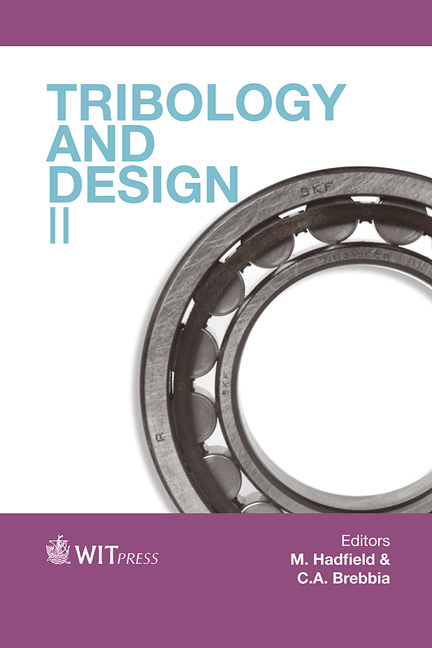Experimental Characterization Of An Electrospindle With Gas Bearings
Price
Free (open access)
Transaction
Volume
76
Pages
12
Page Range
17 - 27
Published
2012
Size
879 kb
Paper DOI
10.2495/TD120021
Copyright
WIT Press
Author(s)
G. Belforte, F. Colombo, T. Raparelli, A. Trivella & V. Viktorov
Abstract
Fluid film bearings are a possible solution to be adopted in very high speed applications if the operating speeds overcome the maximum rotational speeds of rolling bearings. In particular, gas bearings offer important advantages thanks to the low viscosity of air and to the peculiarity of being non-contact systems. For these properties they are characterized by low friction, high accuracy and life almost unlimited. In machine tools, gas bearings are adopted in applications that usually are limited to electrospindles of small dimensions (like e.g. high speed grinding, milling, PCB drilling and coatings). For this reason in this paper the applicability of gas bearings for a larger electrospindle for machining process is investigated. The spindle, of 50 mm diameter, is accelerated by an asynchronous motor of nominal speed 75 krpm and power 2.5 kW. A test bench was designed and realized to perform static and dynamic characteristics of the spindle and to allow the measurement of the cutting loads during machining. The experimental characterization of the electrospindle is shown. In particular, the static stiffness of gas bearings and the air consumption were measured at different supply pressures. The dynamic tests consisted of measuring the rotor runout without external loads and also during the machining process. In this condition, the dynamic forces on the tool were detected using HSS and HSC cutters of diameters from 1 to 6 mm. Some preliminary results are reported. Keywords: gas lubrication, high speed electrospindle, gas bearings.
Keywords
gas lubrication, high speed electrospindle, gas bearings





